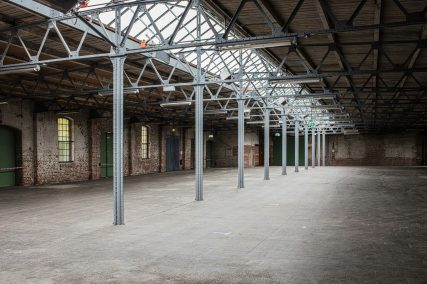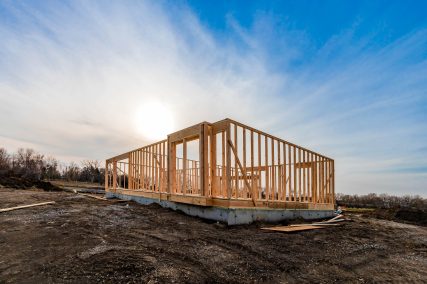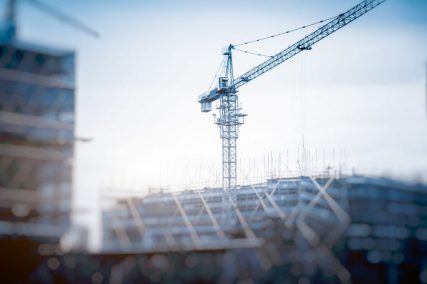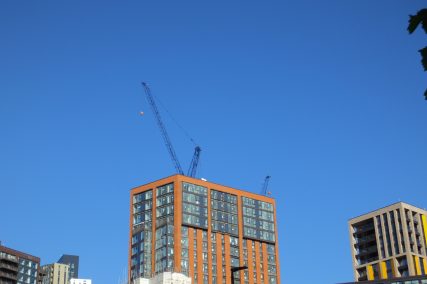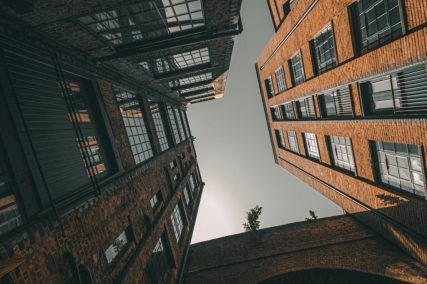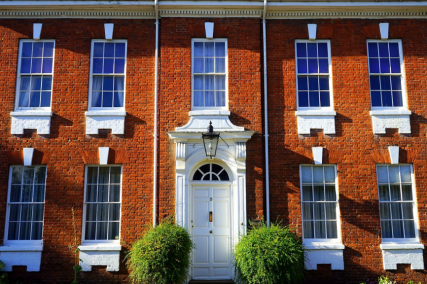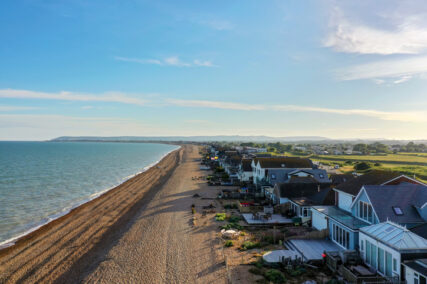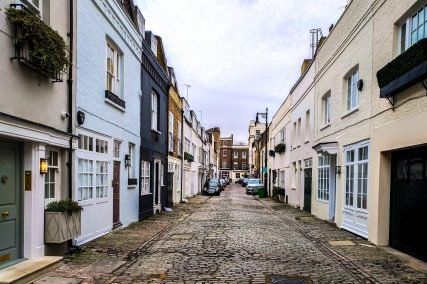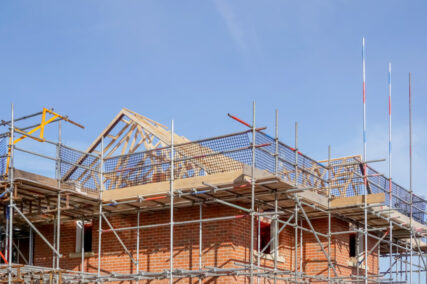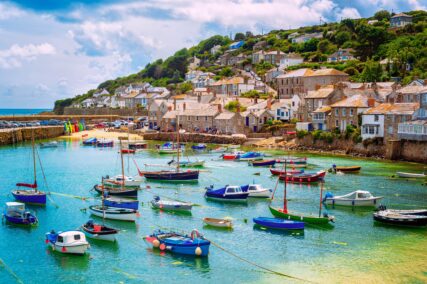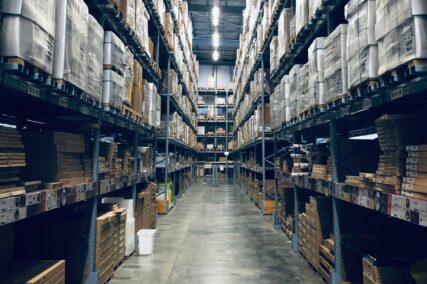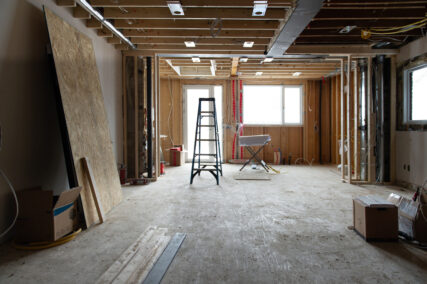What are the costs associated with refurbishment property investment?
Refurbishment property investment can involve a range of costs, including:
- Purchase price: This is the cost of acquiring the property, which can vary depending on the location, condition, and market demand.
- Renovation costs: Renovation costs can vary widely depending on the extent of the renovation required and the quality of materials and labour used. It is important to budget carefully for renovation costs and account for unexpected expenses.
- Financing costs: If an investor requires financing to purchase and renovate the property, there will be costs associated with the financing, such as interest rates, fees, and charges.
- Holding costs: These are ongoing expenses such as property taxes, insurance, and utility bills that need to be paid while the property is being renovated or held for sale or rent.
- Sales or rental costs: When selling the property, there may be costs associated with real estate agents, closing costs, and other fees. If renting the property, there may be costs associated with advertising, tenant screening, and ongoing maintenance and repairs.
It is important for investors to carefully consider these costs when evaluating the potential returns of a refurbishment property investment. Thorough research, accurate cost estimates, and careful budgeting can help investors manage these costs and maximise their returns.

